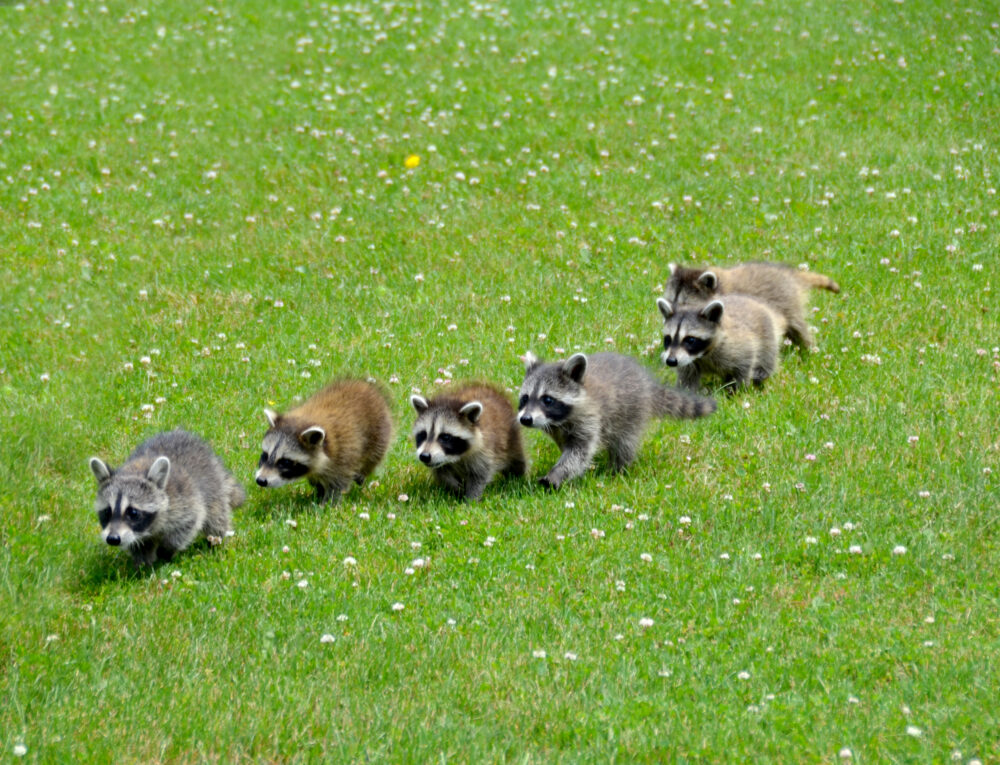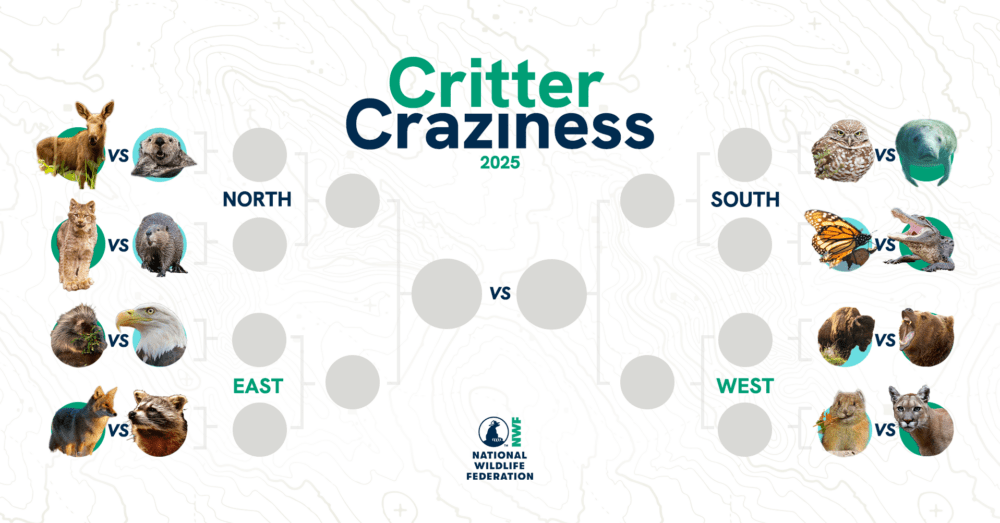We have much more to do and your continued support is needed now more than ever.
Natural Navigation: Taking Pointers from Wildlife Travelers
“Starting Route…”
Imagine never needing to hear those two words again – to know how to get around a campsite or trail without needing a GPS or map. How great would that be?
When I go camping, I often need a map to help me get from point A to point B, yet, I rarely see directionally challenged wildlife. As wildlife can show us, there are other ways to navigate.
Wildlife have incredible innate GPS systems that help them migrate and locate mating, nesting, feeding, or temporary camping grounds. To find their way, wildlife use the sun, the moon, the stars, the earth’s magnetic field, landmarks, and other natural indicators.
If you’re sitting by a campfire, you may spot or hear some of these nighttime travelers making their journeys by the stars.
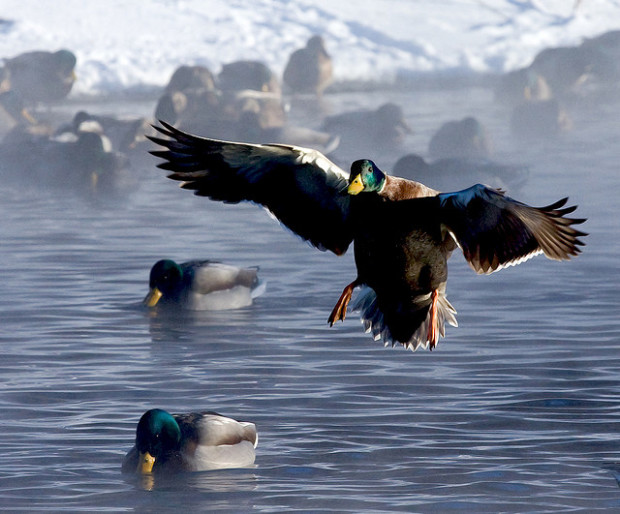
Research by Cornell scientist Stephen Emlen in 1967 first showed that juvenile Indigo Buntings use star patterns like a compass. In Emlen’s study, he demonstrated that birds learn a north-south orientation from a rotational star pattern. This natural tendency has been reported in a variety of bird species.
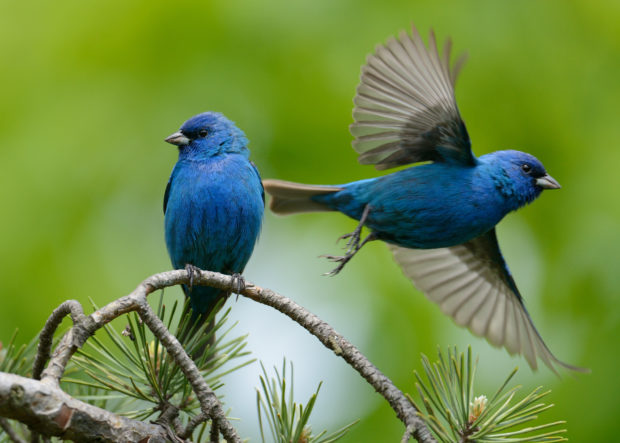
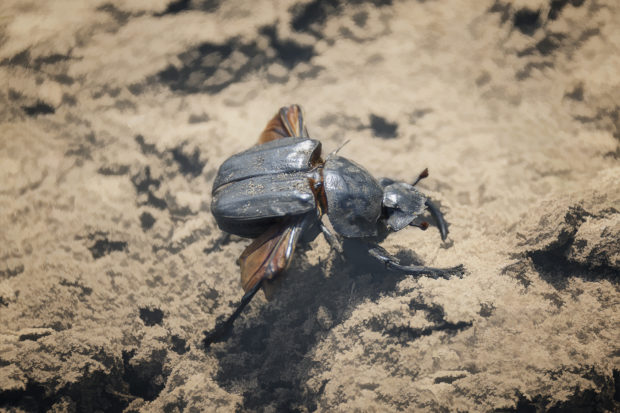
See a video of how dung beetles navigate by stars: http://www.smithsonianmag.com/videos/category/ask-smithsonian/ask-smithsonian-are-humans-the-only-animals/?no-ist
Keep an eye out for these wild travelers and others when you camp out this summer!
![]() Pledge to participate in National Wildlife Federation’s Great American Campout and top NWF supporters will donate $1 for every person who camps – up to $100,000!
Pledge to participate in National Wildlife Federation’s Great American Campout and top NWF supporters will donate $1 for every person who camps – up to $100,000!















